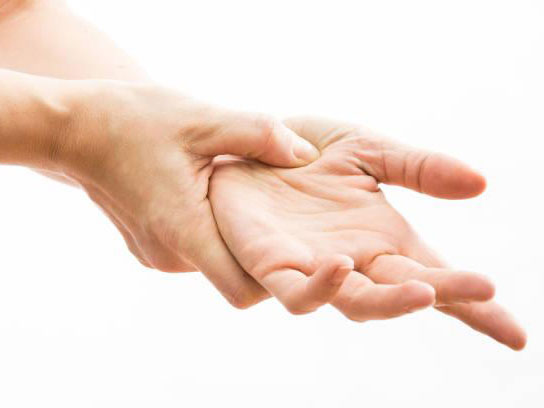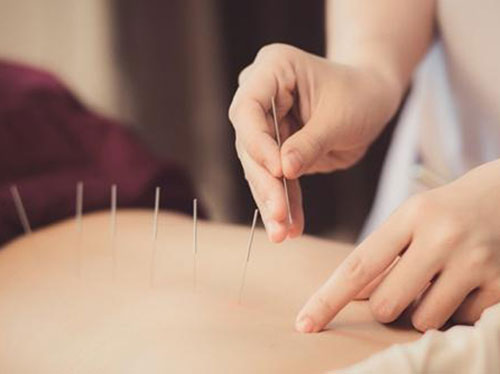Acupressure is a technique derived from Traditional East Asian Medicine (TEAM) and a concept known as “chi”. Chi is considered a life force that flows in all living beings. A disruption in chi flow is linked with a range of lupus-related symptoms like fatigue, anxiety, pain, irritability, depression, changes in appetite, and sleep problems. Acupressure is designed to stimulate points in the body, called “acupoints”, that can regulate chi flow and ease your symptoms.





How Does Acupressure Work?
Back to topThere are different methods used to stimulate acupoints including: manual, electrical, chemical, and thermal. In acupressure, physical pressure is applied to acupoints using fingers, thumbs, elbows, or various devices to improve physiological functioning. Self-acupressure is when a person applies pressure to an acupoint on themselves using circular motions. Acupressure can be personalized to match the symptoms and characteristics of the person being treated. That is, the acupoints you want to stimulate will depend on your individual symptoms. While acupressure has been practiced for thousands of years, Western scientists only began to research its medical benefits over the past decade. Acupressure has been historically used to treat numerous medical conditions, and recent studies have shown that acupressure can help manage chronic illness by reducing fatigue, improving sleep, and easing stress and anxiety. Researchers have yet to determine how acupressure works, but it seems that it is linked to changes in the brain. Acupressure has been found to alter levels of chemical messengers in the brain, called neurotransmitters, which, when too high or too low, can result in negative mood, pain, and fatigue. Acupressure can also decrease stress hormones in the body. Lower stress hormone levels reduce anxiety, improved mood, and improved sleep. More research is needed to know whether all acupoints affect the brain and body in the same way. It is more likely that the results of acupressure relate to which acupoints are stimulated.
Getting Started with Self-Acupressure
Back to topThe first step in performing self-acupressure is knowing which acupoints to stimulate. University of Michigan researchers have found a set of acupoints called 'Stimulated Acupressure Points' that can help some people manage pain, fatigue, and anxiety. Please consult the video to help locate these points on yourself or a loved one. If you prefer a more individualized approach, please consult a licensed acupuncturist for treatment recommendations. Once you know where your acupoints are located, here’s how to stimulate them:
-
Stimulate each acupoint for 3 minutes with small, circular motions
-
Use the tip of your finger, thumb, device, or a pencil eraser to stimulate the acupoints
-
Apply enough pressure to make the point feel warm, tingly, or even achy, but don’t bruise yourself
-
Do not stop in the middle of stimulating an acupoint
-
Do the acupressure once daily for 6 weeks
-
Try to perform acupressure at the same time each day
Within six weeks of treatment, you should begin to see improvements in your sleep or mood. After six weeks, you may experience reduced symptoms and may want to discontinue acupressure. If your condition worsens, feel free to continue performing acupressure once a day. Some people like to do acupressure every day while others use booster sessions of acupressure throughout the year or never need to do acupressure again. Different people have different reactions to acupressure — find what works for you.
Potential Risks
Back to topAcupressure is generally considered quite safe. Occasionally people can experience bruising at acupoint sites. If bruising occurs, use less pressure to stimulate the acupoints and consider taking a few days off from acupressure. If bruising persists, discontinue acupressure – it may not be right for you. Also do not perform acupressure on an open wound or scar as those areas would be sensitive to pressure.
Video Guides for Self-Acupressure
Back to topFind a Licensed Acupuncturist
Back to topYou can find a licensed acupuncturist through the National Certification Commission for Acupuncture and Oriental Medicine (NCCAOM). Click on the link “find a practitioner” and enter your zip code plus search area.



